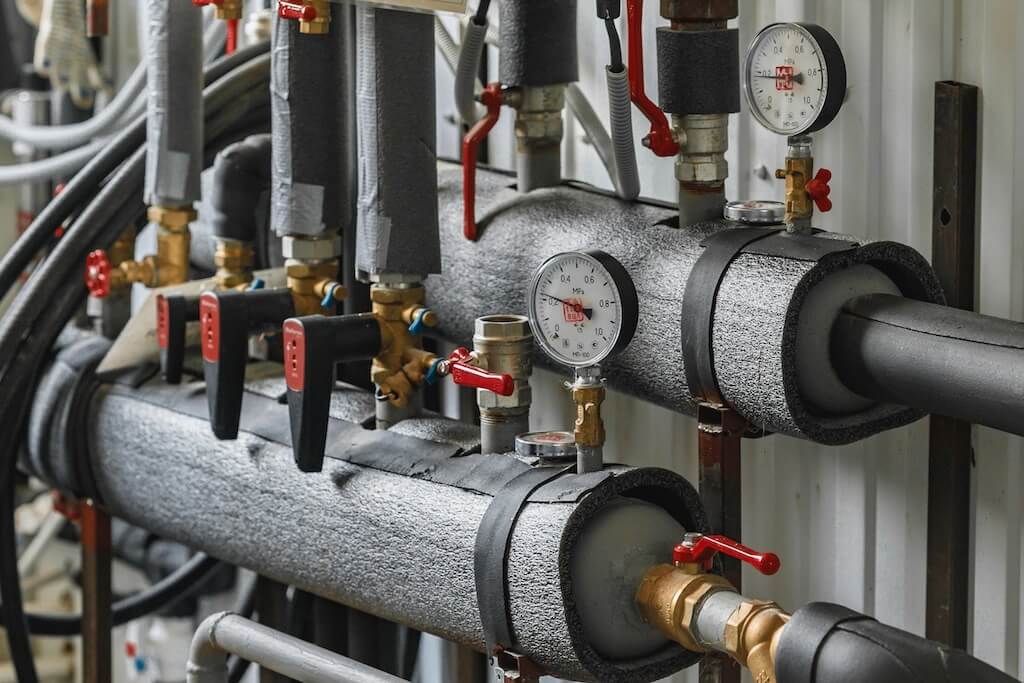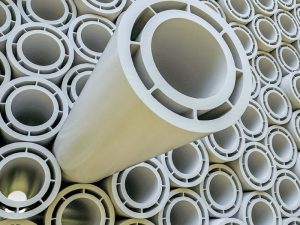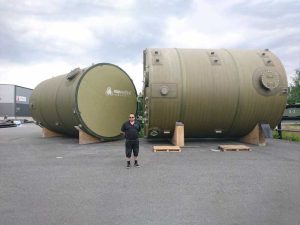With such kinds of pressure, how would the industrial piping system remain so tight and reliably not leak? The answer more often than not has something to do with the joining of the pipes themselves. Socket weld fittings happen to be one of the most reliable means of attaining strong and leakage-free joints. Let’s find out why socket welds are important in industry and how they account for a sound solution to a wide range of piping systems.
Why Are Socket Weld Fittings Essential?
They are widely used in industrial applications due to their durability, secure joints, and ease of installation. They are ideal for high-pressure environments where reliability is crucial, such as in oil refineries and chemical facilities.
Durability
They are known for their robust joints, which minimise leaks even under high pressure or temperature. This durability is essential in environments like chemical plants, where leaks can cause major hazards, and in power generation, where reliability prevents costly shutdowns.
Ease of Installation
They are easier to mount than butt welds, which demand accuracy in the alignment. The pipe just goes into the joint, the process being very speedy and quicker with less cost due to labour. Because this type of skill can assure that joint become strong and reliable with barely minimum amount of errors.
Reliability in High-Stress Environments
These fittings perform well in high-stress conditions, as their joints can endure mechanical stress and temperature changes. This makes them ideal for handling hazardous fluids. Their durability and ease of installation make them a trusted choice for heavy-duty industrial operations where safety and reliability are vital.
Types of Socket Weld Fittings
Weld fittings come in many varieties, and each serves a specific purpose to ensure piping systems are efficient and safe. Options range from elbows to tees, couplings to reducers. Elbows change flow at 45° or 90° bends, useful for passing areas in tight spaces. Tees permit fluid or gas flow in multiple directions, pretty convenient in complicated systems. Couplings join two sections in a straight line to extend runs or repair damages without interrupting the line. The reducers alter the pipe size for pressure balancing in a system to maintain its efficiency. Each of these fitting types plays an important role in the management of direction, distribution, connection, and flow within a piping system.
When To Use Socket Welding
High-Pressure Systems
Perfect for environments like oil refineries or chemical plants where piping systems must endure extreme pressure without leaking.
Hazardous Material Transport
Ensures leak-free connections for pipes carrying hazardous liquids or gases, preventing contamination or exposure risks.
Tight Installation Spaces
Ideal for systems where space is limited, as the compact design of socket weld fittings allows for easy installation in confined areas.
Is a Socket Weld Fitting Right for Your Application?
Weld fittings are an ideal choice for applications requiring strength, reliability, and leak prevention in smaller-diameter pipes. They are cost-effective and provide a dependable, high-pressure solution. However, for larger systems or where smoother internal flow is required, butt welding might be more appropriate due to its seamless internal surface.
It’s important to evaluate the needs of your specific project to determine if these are the right fit for you.
Agru Australia: Reliable Weld Solutions
Weld fittings are one surefire way to secure industrial piping systems reliably, adding robustness and peace of mind. Be it at extremely high pressure, they ensure that your connections are safe and leak-free.
Agru Australia specialises in the provision of premium weld fittings that are built for demanding industrial applications. Drawing on this trust across such sectors as chemical processing, oil refining to power generation, we help industries maintain safe and efficient operations. Contact us to learn how we at Agru Australia can support your next piping project with our durable and trusted products.



